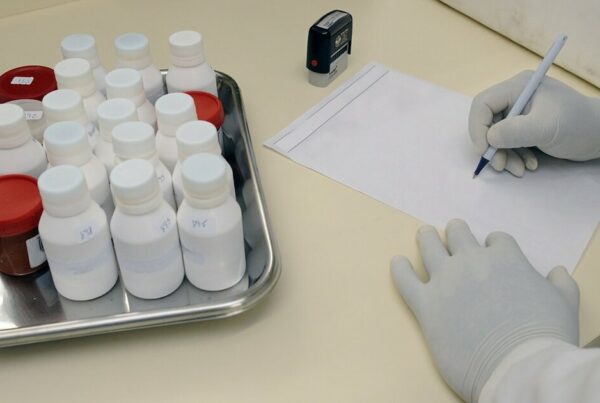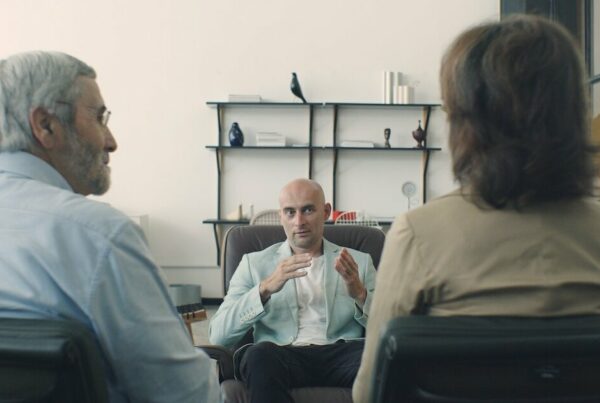Understanding clinical trial recruitment costs per patient is crucial for optimizing your study’s budget and improving overall efficiency.
Recruitment is often of the most significant expenses in clinical trials, and effectively managing these costs is essential for the success of your research. In this article, we’ll explore strategies to manage and reduce recruitment costs per patient, helping you maximize your resources while ensuring successful participant enrollment.
Are you…
- Concerned about the high costs associated with recruiting patients for clinical trials?
- Struggling to find effective strategies to lower recruitment expenses?
- Looking for ways to enhance your recruitment process without compromising the quality of participants?
This article is for:
- Clinical trial managers and coordinators seeking to optimize recruitment budgets.
- Researchers looking for strategies to reduce patient recruitment costs while maintaining enrollment quality.
- Organizations involved in clinical research aiming to improve overall efficiency in their recruitment efforts.
Understanding Clinical Trial Recruitment Cost Per Patient
Recruiting patients for clinical trials can be a costly and time-consuming process. There are many ways to reduce clinical trial recruitment costs per patient. One way is to use social media to reach out to potential patients.
Another way is to work with hospitals and clinics to identify potential patients who might be interested in participating in a clinical trial. Additionally, patient recruitment firms can be hired to help find and screen potential patients for clinical trials.
Role of Patient Advocacy Groups
When it comes to promoting clinical trials, patient advocacy groups can play a critical role by helping spread awareness about new clinical trials and informing potential participants of their options.
Leveraging Healthcare Providers and Databases
Many hospitals and clinics may already have databases of potential patients who are interested in participating in clinical trials. These include patients with specific diseases or conditions who want to get involved in a clinical trial once one becomes available in their area.
In some cases, these healthcare providers may already be a part of your team for clinical trials or other drug development activities. In others, they may be professionals at nearby institutions who would like to participate in new clinical trials if they are interested in helping patients.
Partnering with Other Organizations
Other organizations that might help you find potential patients for clinical trials include local medical societies, foundations, and more. If you work with a patient advocacy group to publicize your clinical trial, it’s crucial to ensure aligned goals and clear communication to maintain a successful partnership.
Variables Affecting Clinical Trial Cost Per Patient
To manage and reduce clinical trial costs per patient, a company should start its trials with careful planning and design. It’s important to understand that clinical trial costs can vary significantly by country, with factors such as regulatory fees or subsidies affecting expenses.
Impact of Regulatory Requirements
When choosing a location for a clinical trial, companies should pay attention to regulatory and legal requirements, as these vary by region and disease type. These regulatory agencies can lead to additional costs associated with compliance and medication reimbursement policies.
Disease Severity and Follow-Up Costs
In some cases, a clinical trial can cost more than planned due to disease severity and changes in prevalence. Longer follow-up times for participants could lead to higher-than-expected costs, making contingency funding and proper planning essential.
Reducing The Costs Of Running A Clinical Trial
The cost of clinical trials has been rising, primarily due to the increased costs associated with new drugs, treatments, and more sophisticated diagnostic tests. However, there are ways to reduce these costs, including encouraging patients to enroll in trials near them to minimize travel expenses.
Using Generic Drugs
Another way to reduce costs is by using generic drugs instead of brand-name drugs in trials. Generic drugs are often just as effective but cost significantly less, reducing overall trial expenses.
Avoiding Surrogate Endpoints
Avoiding the use of surrogate endpoints – substitutes for real-world outcomes – can also help reduce trial costs. Although these endpoints may be easier and cheaper to measure, they don’t always lead to better real-world outcomes.
Possible Solutions to Decrease the Cost of Clinical Trials Per Patient
Reducing the cost of clinical trials per patient can be achieved by lowering drug and medical supply prices. Using drugs that have undergone previous clinical trials or adjusting the frequency of patient visits to the trial centers can also cut costs.
Reducing Patient Monitoring Frequency
Decreasing the frequency of required patient visits could help reduce costs without sacrificing safety. For example, replacing weekly visits with monthly blood tests can reduce expenses while still monitoring patient health effectively.
Recruiting Locally for Greater Efficiency
Recruiting patients from local sources can be more efficient, although it’s important to ensure diversity in the patient pool to avoid skewed results. Proper staffing and efficient site management can also lower overall costs without sacrificing the quality of the trial.
How Mosio Can Help Lower Clinical Trial Costs
One innovative way to reduce clinical trial costs per patient is by utilizing Mosio, a two-way text messaging software solution. Mosio can help streamline communication between researchers and participants, ultimately lowering recruitment and operational costs.
Improving Recruitment Efficiency with Mosio
Mosio can improve recruitment by allowing researchers to communicate directly with potential participants via text messaging, making it easier to screen and onboard patients. This reduces the time and resources spent on follow-up calls or physical visits, leading to a more efficient recruitment process.
Reducing the Cost of Patient Monitoring and Engagement
By using Mosio’s text messaging platform, trial coordinators can keep participants engaged and informed with regular updates, reminders for appointments, or even simple check-ins. This reduces the need for frequent in-person visits, which can lower travel costs for participants and reduce the overall trial costs.
Enhancing Data Collection and Reducing Site Visits
Mosio also allows participants to report side effects or answer follow-up questions via text, eliminating the need for non-essential visits to the trial center. This not only improves the patient experience but also lowers the cost of site visits and staff time.







